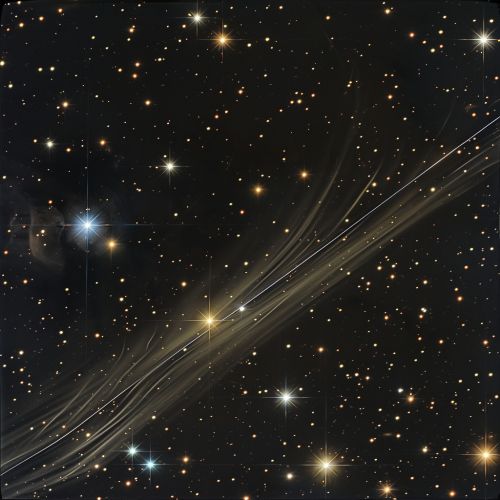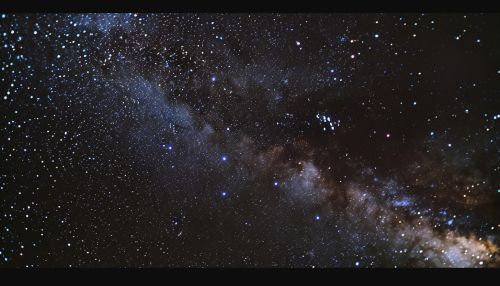Main sequence
Introduction
The main sequence is a continuous and distinctive band of stars that appears on plots of stellar color versus brightness. These color-magnitude plots are known as Hertzsprung–Russell diagrams after their co-developers, Ejnar Hertzsprung and Henry Norris Russell. Stars on this band are known as main-sequence stars or "dwarf" stars.


Characteristics of Main Sequence Stars
Main sequence stars are characterized by their ability to sustain nuclear fusion of hydrogen into helium in their cores via the proton-proton chain for a lengthy period of time. This process releases a substantial amount of energy, counteracting the force of gravity and preventing the star from undergoing gravitational collapse.
The specific characteristics of a main sequence star are determined primarily by its mass. The mass of a star will determine its color, temperature, and luminosity, among other properties. For example, a star with a higher mass will have a higher core temperature, which results in a greater rate of nuclear fusion and a larger release of energy. Consequently, higher-mass stars are more luminous and are typically bluer in color, while lower-mass stars are less luminous and tend to be redder.
Evolution of Main Sequence Stars
Stars spend a significant portion of their existence on the main sequence. The process of evolution for a main sequence star is largely determined by its initial mass. The more massive the star, the shorter its lifespan on the main sequence. This is because higher-mass stars consume their hydrogen fuel more rapidly than lower-mass stars.
Once a star has exhausted the hydrogen fuel in its core, it will evolve off of the main sequence. Low- to medium-mass stars (like our Sun) will expand into red giants, while high-mass stars will become supergiants. Eventually, these stars will undergo a series of events leading to their end states as white dwarfs, neutron stars, or black holes, depending on their initial mass.
Stellar Classification and the Main Sequence
The main sequence is an important component in the classification of stars. The stellar classification system, often referred to as the Morgan-Keenan (MK) system, classifies stars based on their spectral characteristics. Main sequence stars fall into the luminosity class V in this system.
The spectral classes, from hottest to coolest, are O, B, A, F, G, K, and M. Each class is further divided into ten subclasses, denoted by the numbers 0 to 9. For example, our Sun is a G2V star, indicating that it is a main sequence star with a temperature and color characteristic of the G2 subclass.
Importance of the Main Sequence
The main sequence is a crucial tool in the field of astronomy. It plays a key role in the determination of the distances to stars and galaxies, the age of star clusters, and the understanding of stellar evolution. By studying the main sequence, astronomers can gain insight into the life cycles of stars, the composition of galaxies, and the history and future of our universe.
